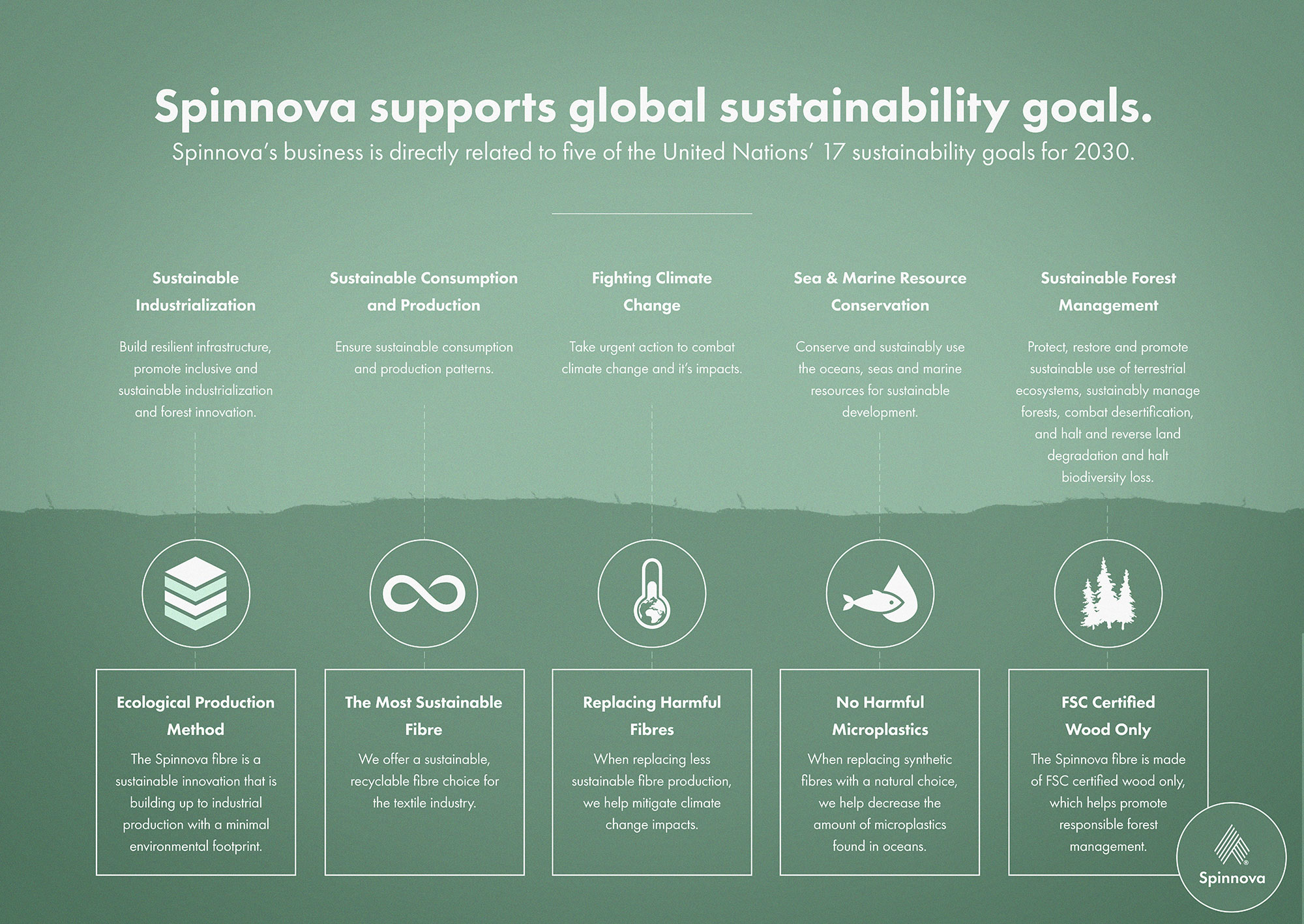What to Wear?Keskiviikko 26.2.2020 klo 11.48 - Mikko Nikinmaa Virtually all clothing is today made of cotton, polyester or their mixtures. Presently textile industry is one of the biggest causes of environmental contamination and uses a lot of energy largely produced with fossil fuels. One of the problems with clothing is that the life cycle has decreased a lot with increasing GNP. The time that for example trousers are used has decreased to one third of what it was 50 years ago. Thus, one way of decreasing the environmental footprint of clothing is to use them longer. Another is to recycle them, certainly most of us in Europe and North America have nearly unused clothing in our cupboards, which could be recirculated. If a piece of clothing is not in adequate condition to be sold, it could theoretically be recycled to produce new clothing. However, already this presents difficulties, since most clothes are cotton-polyester mixtures, and remaking usable cloth from the mixtures is nearly impossible with present methodology. However, even though longer use and recycling of clothing decreases the environmental footprint of textile industry, it does not abolish it. New clothes are needed all the time, and both cotton and polyester have significant environmental impacts. Every time one washes polyester-containing clothing, some microfibres, microplastics, end up in In view of the above, an environmentally thinking person is faced with a dilemma: what to wear, since pretty much everything is environmentally unsustainable. The solution to this dilemma may be soon forthcoming. Start using clothes made of wood fibre. The Finnish company Spinnova has, together with Marimekko made the first experimental batches of clothing using wood fibres produced with their method. In addition to removing all the problems with cotton, the production can be carbon neutral. Further, if trees are planted to some of the arid areas, where cotton is presently cultivated, the area may become more moist (it appears that the presence of trees somehow helps to increase rainfall). So, after a few years of asking for sustainably produced clothing, we may be able to change our rags to new clothes. One may hope that also dyeing them is done in a more environmentally-friendly fashion than is today done with cotton cloth in major producers like India, Pakistan and Bangla Desh, where cloth dyeing is a major source of aquatic pollution. |
|
Avainsanat: climate change, land use, microplastics, insecticide, water shortage |

 wastewater. Although modern wastewater treatment plants remove 99 % of the microplastics, some still end up in our rivers, lakes and seas. With recent discussion about microplastics it is hard to realize that the problem with cotton is much worse than that caused by polyester, but it is! First, cotton uses up very much land in subtropical and tropical areas, where land would be needed for food production. Second, cotton is cultivated in semidry areas, where it uses up virtually all water. The water is thus taken away from food production. The problem would be slightly smaller, if the profits from cotton would come to the local people, but this is not the case. Third, cotton cultivation is the most insecticide-intensive branch of agricultural production. In addition to insects, millions of birds are estimated to die every year because of eating the insects dying as a result of pesticide treatment.
wastewater. Although modern wastewater treatment plants remove 99 % of the microplastics, some still end up in our rivers, lakes and seas. With recent discussion about microplastics it is hard to realize that the problem with cotton is much worse than that caused by polyester, but it is! First, cotton uses up very much land in subtropical and tropical areas, where land would be needed for food production. Second, cotton is cultivated in semidry areas, where it uses up virtually all water. The water is thus taken away from food production. The problem would be slightly smaller, if the profits from cotton would come to the local people, but this is not the case. Third, cotton cultivation is the most insecticide-intensive branch of agricultural production. In addition to insects, millions of birds are estimated to die every year because of eating the insects dying as a result of pesticide treatment.